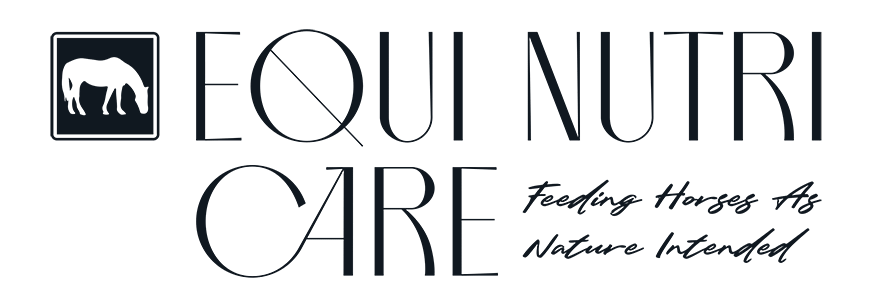About FructanAlert: what can you do with it?
FructanAlert is a practical tool that helps horse owners assess when grass is at increased risk for laminitis from fructan.
FructanAlert relies on two crucial weather factors:
- nighttime minimum temperature
- Daytime weather (sunny or cloudy)
Grasses store energy as fructan, especially in cold weather and lots of sunlight. If it gets cold at night and sunny the next day, fructan levels rise sharply.
For sensitive horses, this kn a trigger for laminitis, disrupted intestinal flora or metabolic problems.
How do you use fructanalert?
Click on 'Use my location' To retrieve the local again.
You will receive a color code and advice based on:
🌡️ the temperature next night
🌤️ expected weather tomorrow during the day
Note that the risk is especially true in the morning after a cold night.
If you only look in the morning or during the day, the advice remains valid until the temperature has risen and the sun has worked the grass.Only with rising temperature and active uptake by the plant does the fructan level decrease.
Afternoon grazing is safest then.
Color codes and advice
🔴 High risk
Tonight will be cold and tomorrow sunny. This causes fructan levels to rise sharply.
Let sensitive horses not on the pasture before noon, or provide a complete alternative ration.
🟠 Moderate risk
Conditions may slightly increase fructan levels.
Only let your horse afternoon grazing and give roughage first. Be alert in horses with EMS, IR or previous laminitis.
🟢 Low risk
The night remains mild or the weather is cloudy.
Grazing is safe, even for sensitive horses. Be careful, however, if there is build-up or limited exercise.
When is the morning more risky?
The morning is especially risky after a cold night followed by a sunny day.
The fructan produced during the day then remains stored in the grass, peaking in concentration during the early hours.
Grazing before noon is not recommended in that case, especially with sensitive horses. The safest grazing period is usually in the afternoon, when the temperature rises and the grass begins to actively break down fructan.
Is FructanAlert usable everywhere?
FructanAlert is designed for regions with C3 grasses, such as:
Belgium, Netherlands, Germany, France
UK, Northern US, Canada
New Zealand, Southern Australia
In warmer or drier climates (such as South America, Africa, as well as southern - Spain) often grow C4 grasses such as Bermuda grass or Bahia.
These grasses contain little to no fructan. There, FructanAlert is less relevant or even inapplicable.
Doubting whether your grass is fructan sensitive? Ask what type of grass is on your pasture (C3 or C4), or have a grass analysis done.
Good to know
Always give roughage before grazing
Limit grazing time at increased risk
Observe manure, behavior and movement after grazing
Use FructanAlert as a guide, not a substitute for pasture management or ration advice
